Professional industry ceramic supplier, silicon nitride, silicon carbide, aluminum nitride and any other kinds of ceramics.
Aerogel Thermal
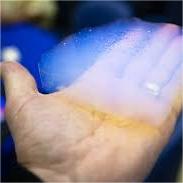
3mm Hot Nano Silica Aerogel Blanket/Foam/Film/Powder/Jacket
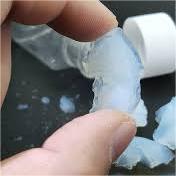
1.2D 64MM white polyester aerogel staple fiber low thermal conductivity fiber
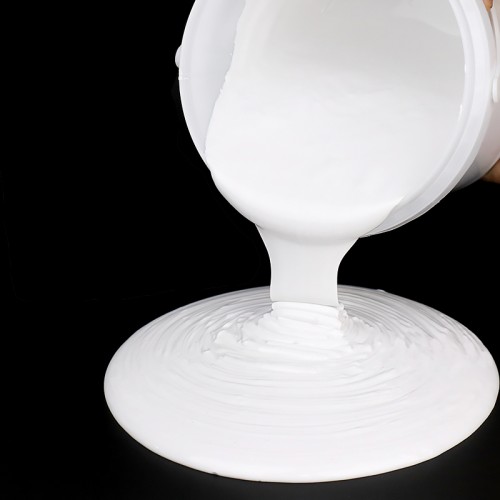
Hydrophobic Nano Aerogel Powder Aerogel Fabric Insulated Aerogel Insulation Blanket

Professional Heat Insulation Material Aerogel Blanket
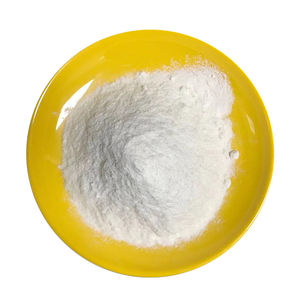
Low Silica Aerogel Particles Aerogel Particles for Whole
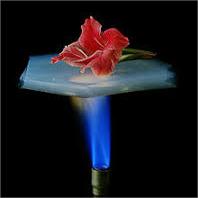
2024 hot hydrophobic silica aerogel coating nano aerogel blanket
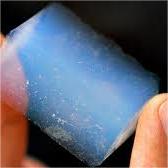
Factory aerogel insulation sheets, airgel mat, nano aerogels roll

3mm Aerogel blanket for Pipeline Insulation Vacuum Insulated Blanket Vacuum Insulation Panel For Thermal Insulation

Silica Aerogel Insulation JN650
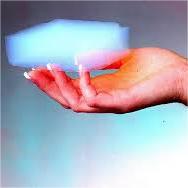
High Temperature Thermal Insulation Aerogel Insulation Film
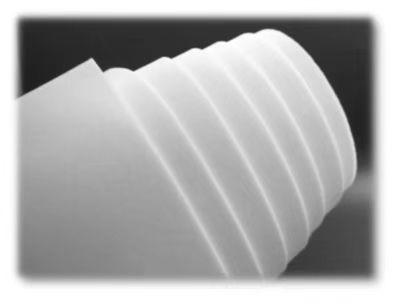
Whole Thermal Insulation Raw Silica Aerogel Powder With Cheap

99 Min Water Resistance Aerogel Powder Insulation for metal building and steam pipe
Overview of Aerogel
Aerogel is a synthetic porous ultralight material, often derived from a silica gel, in which the liquid component has been replaced with a gas. This results in a solid with extremely low density and low thermal conductivity. Dubbed "frozen smoke" due to its semi-translucent appearance, aerogel is a marvel of materials science, offering a unique combination of properties that make it a cornerstone of advanced thermal and acoustic insulation solutions in the most demanding industrial environments.

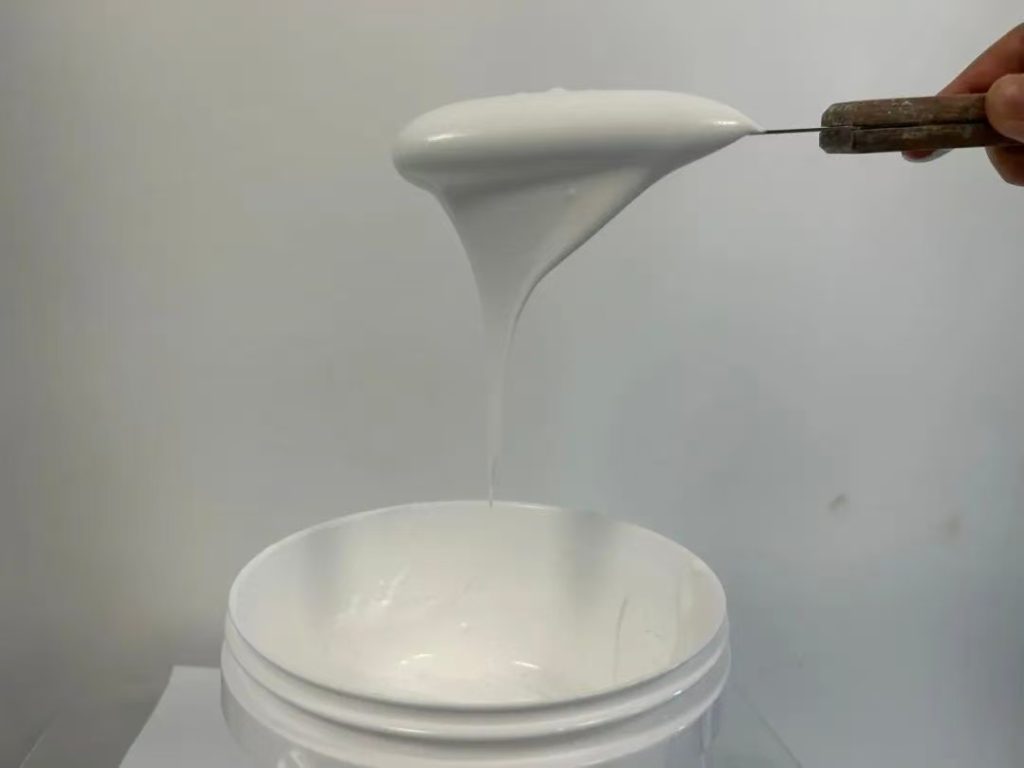
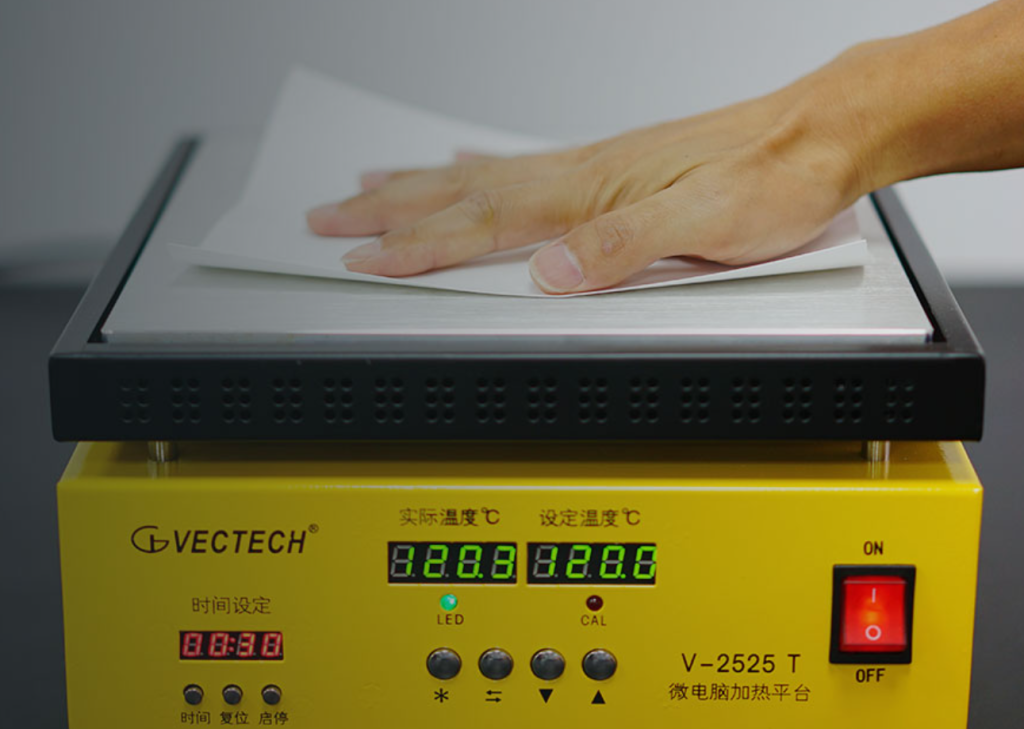

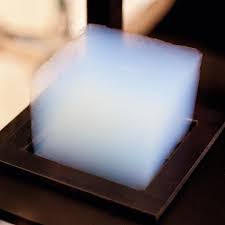

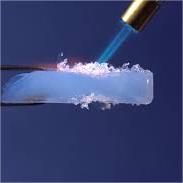
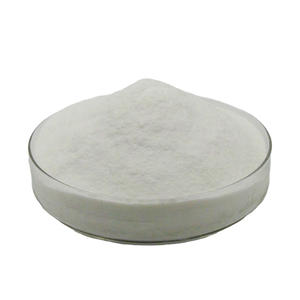
Features of Aerogel
- Exceptional Thermal Performance: Boasts the lowest thermal conductivity of any known solid, providing unparalleled insulation in minimal space.
- Extremely Low Density: One of the world's lightest solid materials, with a porous structure that is over 90% air.
- Hydrophobic or Hydrophilic Formulations: Our aerogels can be engineered to either repel water (hydrophobic) for long-term performance or absorb it (hydrophilic) for specific applications.
- High Surface Area: With an internal surface area of up to 1000 m²/g, it is ideal for filtration, catalysis, and adsorption.
- Exceptional Durability: Flexible and robust, capable of withstanding significant mechanical stress and vibrational fatigue without compromising its insulating network.
Specification Table of Aerogel
| Property | Typical Value | Test Method |
|---|---|---|
| Bulk Density | 0.10 - 0.20 g/cm³ | ASTM D1622 |
| Thermal Conductivity | 0.012 - 0.020 W/m·K | ASTM C518 |
| Surface Area | 600 - 1000 m²/g | BET Nitrogen Adsorption |
| Porosity | >90 % | Calculation |
| Primary Particle Size | 2 - 10 nm | TEM |
| Hydrophobicity | Water Contact Angle >130° | Available upon request |
| Operating Temperature | -200°C to +650°C | Dependent on formulation |
Applications of Aerogel
Aerogel's unique properties make it a critical material across a wide range of high-tech industries:
- Industrial Process Piping & Equipment: Insulation for high-temperature pipelines, vessels, and reactors in oil & gas, chemical, and power generation facilities.
- Aerospace & Defense: Thermal insulation for spacecraft, satellites, and Mars rovers; lightweight insulation for military apparel and systems.
- Construction & Building Materials: High-performance insulation for spandrel walls, roofs, and other areas where space is limited but efficiency is critical.
- Advanced Apparel: Integration into technical outerwear and footwear for extreme environments, providing warmth without bulk.
- Energy Storage: Used as a separator material in next-generation lithium-ion batteries for enhanced safety and performance.

Company Introduction
Tanki New Materials Co.Ltd. focus on the research and development, production and sales of ceramic products, serving the electronics, ceramics, chemical and other industries. Since its establishment in 2015, the company has been committed to providing customers with the best products and services, and has become a leader in the industry through continuous technological innovation and strict quality management.
Our products includes but not limited to Aerogel, Aluminum Nitride, Aluminum Oxide, Boron Carbide, Boron Nitride, Ceramic Crucible, Ceramic Fiber, Quartz Product, Refractory Material, Silicon Carbide, Silicon Nitride, ect. please feel free to contact us.
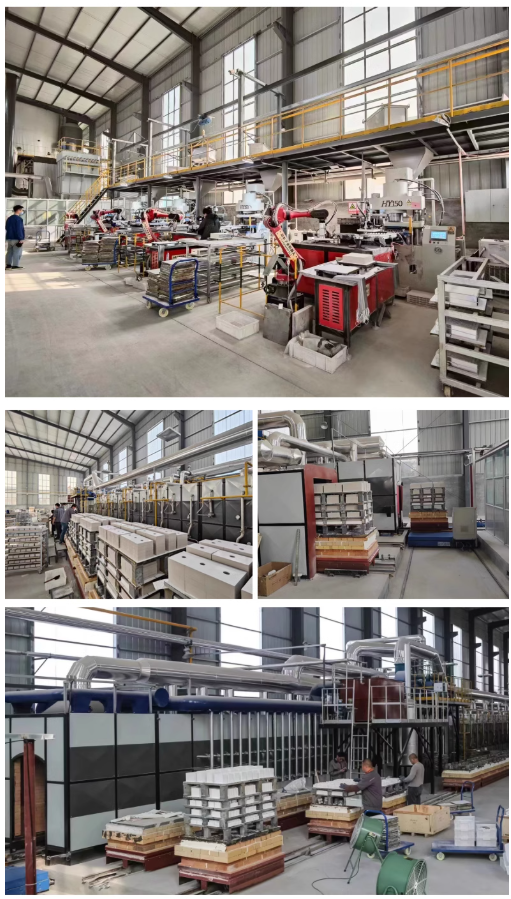
Payment Methods
L/C, T/T, Western Union, Paypal, Credit Card etc.
Shipment Methods
By sea, by air, by express as soon as possible once payment receipt.
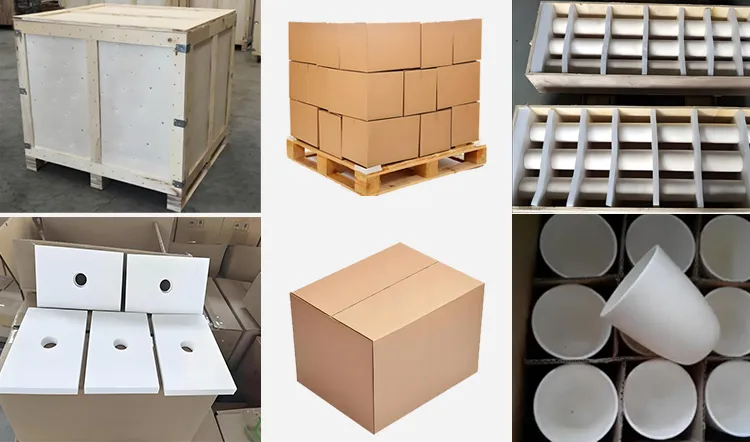
5 FAQs of Aerogel
1. Is aerogel fragile?
While traditional monolithic aerogels can be brittle, our advanced industrial-grade aerogels are often reinforced with fibers or formulated into flexible blankets, making them highly durable and suitable for demanding industrial applications.
2. Can aerogel get wet?
Our standard industrial aerogel is hydrophobic, meaning it actively repels water. This ensures its insulating properties and structural integrity are maintained even after prolonged exposure to moisture.
3. Why is aerogel such a good insulator?
Its nanoporous structure (over 90% air) drastically limits the three methods of heat transfer: conduction, convection, and radiation. The air pockets are too small to effectively transfer heat.
4. Is aerogel safe to handle?
In its encapsulated or blanket form, it is safe and easy to handle like other high-performance insulation materials. As a powder, standard PPE for particulates is recommended.
5. What is the primary advantage over traditional insulation?
Its primary advantage is achieving superior thermal performance in a fraction of the thickness of traditional materials, saving critical space and weight in complex industrial systems.
